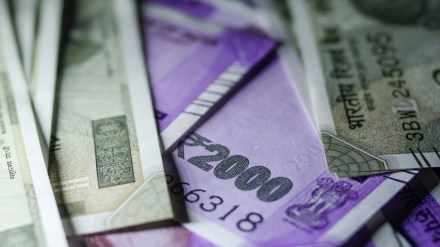As the PM GatiShakti programme completes one year, the government has now set highly ambitious medium-term targets for various infrastructure ministries.
According to a presentation prepared by the commerce and industry ministry on the GatiShakti targets, reviewed by FE, the cumulative highways construction under the ministry of road transport and highways is now targeted to be raised to 200,000 km by FY25 from 141,190 km in the last fiscal. Similarly, the freight loading by the railways will be enhanced to 1,600 million tonne by FY25 from 1,410 million tonne in FY22.
The number of airports, heliports, water aerodromes, including those under the UDAN scheme, are targeted to be increased to 220 by FY25 from 140 in FY22. The cargo handing at ports is to be raised to 1,759 million tonne per annum (MTPA) from 1,189 MTPA. The 20,000-km-long oil and gas pipeline network in the country will be extended to 34,500 km by FY25.
The new and renewable energy capacity is targeted to be raised to 225 gigawatts by FY25 from 87.7 gigawatts last fiscal. Similarly, the number of panchayats which will be connected to the optical fibre cable is proposed to be raised to over 260,000 from 175,827.
Since the GatiShakti initiative will cut delays and cost overruns involving key projects, it will enable various infrastructure ministries and departments to achieve the intended targets set for them on time, a senior official explained.
Also Read: States have ample fiscal space for capex, yet FY23 target may be missed: Icra
Thus, the targets have been set for the ministries of road transport & highways, railways, civil aviation, port & shipping, petroleum and new & renewable energy, and the department of telecommunications. Through the GatiShakti initiatives, the government intend to bridge India’s infrastructure deficit which owes more to inefficient project implementation, rather than financial constraints.
According to the latest official data, as many as 393 infrastructure projects, each entailing an investment of Rs 150 crore or above, witnessed cost overruns of as much as Rs 4.66 trillion until August. While the total original cost of 1,526 projects, which are under execution was Rs 21.26 trillion, their anticipated completion cost is now likely to shoot up to Rs 25.92 trillion, reflecting a cost overrun of almost 22%.
All large infrastructure projects of Rs 500 crore each and critical ‘missing-link’ projects (those that typically connect two or more important projects where no link currently exists) are now covered under this initiative, according to official sources.
As many as 26 states have integrated different categories of data with the GatiShakti portal, which is being used extensively by both the central and state governments.
The PM GatiShakti National Master Plan was launched by Prime Minister Narendra Modi on October 13 last year. It is essentially a GIS (geographic information system)-based platform with about 1,900 layers (and rising) that captures all utilities and network linkages in various economic clusters. Under this initiative, different departments join hands for a coordinated development of projects, especially to address first and last-mile connectivity issues and reduce logistics costs.
Announcing the launch of GatiShakti, Modi had said: “Just as JAM (Jan Dhan, Aadhaar, mobile) trinity revolutionised the access of government facilities to the people, PM GatiShakti will do the same for the field of infrastructure.”
